Incognito Risk Warnings
Many people believe that browsing in incognito mode ensures complete privacy, but this is far from the truth. Understanding the potential risks and misconceptions surrounding this feature is crucial for maintaining your online security and safeguarding sensitive information.
What Is Incognito Mode?
Incognito mode, often referred to as private browsing, is a feature available in most modern web browsers. It provides users with a way to browse the internet without saving certain types of data, such as browsing history and cookies, on the device.
However, it is important to recognise that incognito mode does not offer complete anonymity. While it might prevent local tracking on your device, it does not shield your activity from internet service providers, employers, or websites themselves.
- Local privacy: No browsing history or cookies are saved locally.
- Limited scope: Your IP address remains visible to websites.
- Network tracking: ISPs can still monitor your online activity.
- Logged accounts: Websites may still track you if logged in.
- False sense of security: Misconceptions can lead to risky behaviour.
Understanding these limitations is the first step toward recognising the broader risks associated with incognito mode. Without this knowledge, you might unknowingly expose yourself to potential privacy threats.
Common Misconceptions About Incognito Mode
A significant number of users operate under the false belief that incognito mode guarantees complete anonymity online. This misunderstanding can lead to overconfidence in its capabilities and an increased risk of exposure to cyber threats.
In reality, incognito mode is not a replacement for comprehensive security measures. The scope of its privacy features is limited and may not protect users from targeted tracking or surveillance.
| Misconception | Reality |
|---|---|
| Browsing anonymously | IP address is still visible to websites. |
| Full data protection | Only prevents local storage of data. |
| Blocks all tracking | Does not stop ISP or network tracking. |
| Replaces VPNs | Lacks encryption for network traffic. |
| Prevents malware | Does not provide antivirus protection. |
By addressing these misconceptions, users can take a more realistic approach to online privacy. Pairing incognito mode with additional safeguards is essential for truly secure browsing.
Risks of Relying Solely on Incognito Mode
Relying solely on incognito mode for privacy can leave users vulnerable to a range of online threats. Its limitations make it unsuitable as a standalone solution for secure browsing.
These risks stem from both technical shortcomings and user behaviour. Overestimating the capabilities of incognito mode can lead to a false sense of security.
- ISP surveillance: Your internet service provider can still monitor and log your activity.
- Workplace tracking: Employers may use network monitoring tools to track employee behaviour.
- Persistent cookies: Logging into accounts can still enable tracking by websites.
- Data breaches: Incognito mode does not encrypt data transmitted over the internet.
- Phishing threats: Clicking on malicious links is not mitigated by private browsing.
To mitigate these risks, it is essential to incorporate additional security measures, such as VPNs, firewalls, and robust passwords. Educating yourself about these threats is the first step to safer online habits.






